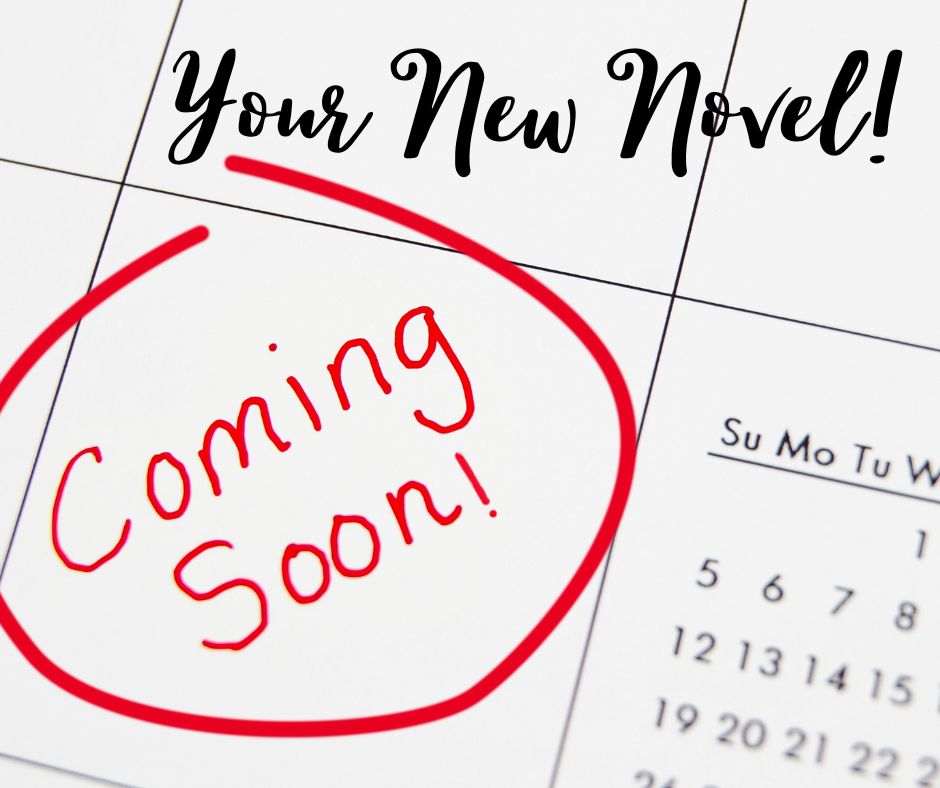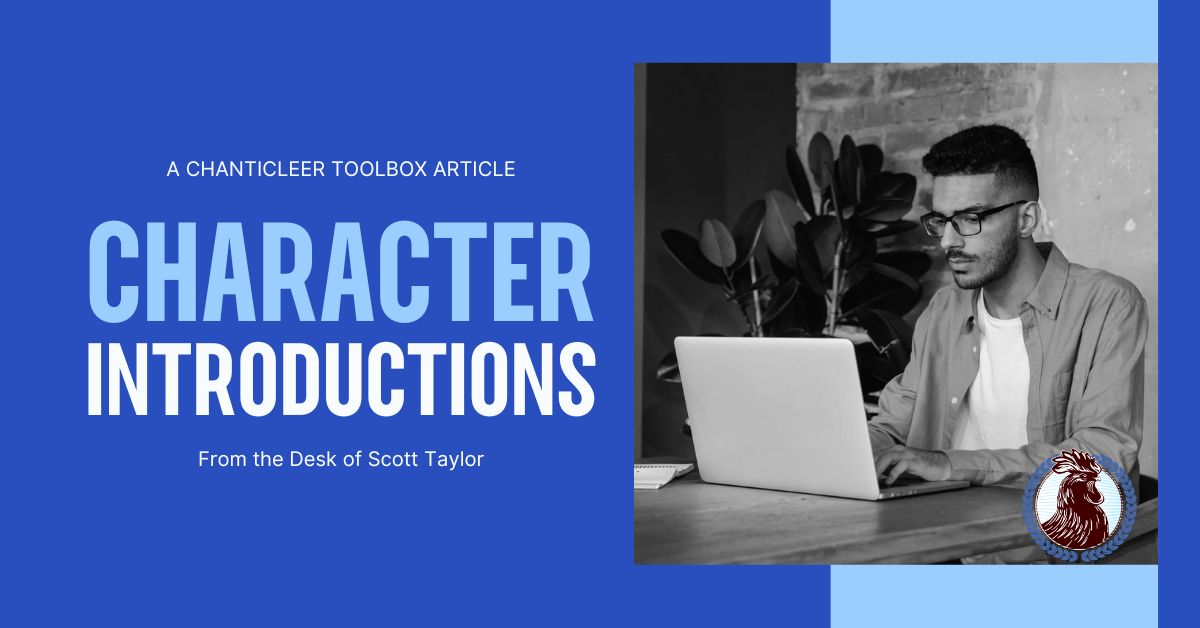|
Listen to or download this article:
|

Note from Kiffer Brown: Margie Lawson is a psychologist-turned-editor. She uses her psychological expertise to analyze more passages and chapters than most people read in ten lifetimes. She developed deep editing techniques that help writers add power to each paragraph.
Reading a book with flat-lined cadence is like watching a movie on mute. – Margie Lawson
Most writers know about the power of rhythm and cadence and beats. But most don’t use that power in every sentence.
A compelling cadence is more than varying sentence lengths. More than using standalone words.
A compelling cadence carries power on the page. It propels readers through paragraphs and passages and pages.
Read your work out loud, with feeling, and you’ll hear what beats work well, and what beats are missing.
Many rhetorical devices are cadence-driven. Knowing which rhetorical devices boost cadence, pick up pace, make the read imperative, and 947 more cool things, loads your writing toolbox with super-powered tools.
Check out these cadence-driven examples.
The Ones We Trust, Kimberly Belle, Award-Winning MIRA Author, Multi-Margie-Grad
 1. Gabe’s good looks are real and rugged and raw, and now that I’ve seen both brothers up close, I’d choose Gabe over Zach any day.
1. Gabe’s good looks are real and rugged and raw, and now that I’ve seen both brothers up close, I’d choose Gabe over Zach any day.
RD Combo: Polysyndeton (multiple conjunctions, no punctuation) and Alliteration
2. The silence that spins out lasts forever. It’s the kind of silence that wraps around you like a shroud, the kind that turns the air thick and solid, the kind that makes you want to hear the answer as much as you dread it.
Kimberly Belle could have written: The room went silent.
I’m glad she decided to empower that emotionally-loaded scene dynamic.
Rhetorical Devices: Amplification (silence) and anaphora (the kind, the kind, the kind)
3. My heart races and my skin tingles and my blood pressure explodes like a grenade.
Rhetorical Devices: Three visceral responses are powered with polysyndeton (multiple conjunctions, no punctuation) and a simile.
The Blessing of No, Megan Menard, Multi-Margie-Grad
- Luke had a machine-gun laugh that fired about every third word.
- I picked up a French fry. It was a slender blonde, tall and weepy. I named the fry Tanya and chomped off its head.
Those examples carry interest and power and are perfectly cadenced. The second example uses a metaphor and structural parallelism. It reveals a truth in a humor hit that could make us laugh or cry.
Test of Faith, Christa Allan, Award-Winning Author, Multi-Margie-Grad
 “If. Faith. Can. Come. Live. With Me?” I heaved every word out of my brain and into my mouth. I felt like someone regaining consciousness in an unfamiliar room or house or life.
“If. Faith. Can. Come. Live. With Me?” I heaved every word out of my brain and into my mouth. I felt like someone regaining consciousness in an unfamiliar room or house or life.
Christa Allan stylized that dialogue by using a Period. Infused. Sentence. That’s what I named it. Her dialogue cue is amplified, amplified, amplified stellar.
She used an RD combo in the last sentence: polysyndeton and zeugma.
What’s zeugma?
I’ll SHOW not TELL. I know you’ll get it.
My teaching-zeugma sentence:
Margie grabbed her purse, her keys, and her steely resolve.
You got it!
This 2-point version is an example of zeugma too:
Margie grabbed her purse and her steely resolve.
Now you know the rhetorical device zeugma.
- This dinner was the Indy 500 version of returning to the track after a pit stop, except that the finish line was Logan, and there was only one first place.
Ah… Metaphors and power words and hope all themed, propelled by a compelling cadence.
Red-Headed Stepchild, Jaye Wells, USA Today Bestseller
 Jaye Wells wrote this paragraph when she was in a full day workshop I taught for Dallas Area Romance Authors in 2007. I asked all the participants to write an example of anaphora.
Jaye Wells wrote this paragraph when she was in a full day workshop I taught for Dallas Area Romance Authors in 2007. I asked all the participants to write an example of anaphora.
Anaphora — Repeating a word or phrase at the beginning of three or more successive phrases or clauses or sentences. The first three must be in a row.
The paragraph she wrote in class became the first paragraph in the first chapter of Red-Headed Stepchild, her debut Urban Fantasy.
Digging graves is hell on a manicure, but I was taught good vampires clean up after every meal. So I ignored the chipped onyx polish. I ignored the dirt caked under my nails. I ignored my palms, rubbed raw and blistering. And when a snapping twig announced David’s arrival, I ignored him too.
Deep Edit Analysis:
Anaphora: I ignored, I ignored, I ignored, I ignored
Three Humor Hits:
-
- Digging graves is hell on a manicure
- good vampires clean up after every meal
- I ignored him too
Power Words — Words that carry psychological power: graves, hell, vampires, clean up, ignored, ignored, dirt, ignored, raw, blistering, arrival, ignored him
What does the reader learn in those 53 words?
1. She’s digging a grave. We can infer she killed someone.
2. She’s a vampire.
3. She gets manicures.
4. She’s Goth.
5. She’s been digging that grave for a while.
She’s not concerned about David catching her digging a grave.
In that one short, opening paragraph, Jaye Wells deepened characterization, shared a strong and fun voice, and made the reader want to read more. That’s smart writing. The kind that impresses agents and editors and readers and reviewers.
Every example in this blog carries a compelling cadence. That pleasing cadence speaks to the reader’s subconscious. Cadence has the same impact on the reader that a movie sound track has on a viewer.
Read the first sentence of this blog OUT LOUD:
Reading a book with flat-lined cadence is like watching a movie on mute.
Do you hear those perfect beats?
I could have written:
It is critical to pay attention to cadence.
No cadence-driven power.
Deep Editing Caveat: Most of the examples I shared in this blog were amplified. I’m not suggesting that every sentence should be powered up, or made special in some way. That would be gag-ifying.
Not a word. But it carries the punch I wanted to share.
We need plain writing. Writing that does it’s job without any amplification.
We need fun, quirky, deep, stylistic, and tug-your-heart writing too.
I teach writers how to add psychological power to their writing in hundreds of ways. No hype. No hyperbole. I’m just sharing what I do.
I teach writers how to empower emotions.
- How to avoid clichés and clichéd phrasing.
- How to write fresh faces and voices and visceral responses.
- How to use advanced stimulus-response patterns.
- How to use my Four Levels of Powering Up Emotion. How to have the right emotional intensity in the right place.
- How to create emotional authenticity on the page. How a character can act in an out-of-character way, and get the reader to buy it.
- How to use six rhetorical devices to finesse backstory. Succinct, un-skimmable, beautifully cadenced backstory.
- How to use my 20 Point Checklist for Openings, my 15 Point Checklist for Endings, my 12 Visceral Rules for Fiction Writers, my 10 Gems for Not Writing Your Mama’s Character Descriptions, and more.
- How to deep edit analyze your scenes. I developed The EDITS System so writers can see what’s working, what’s not working, and what’s missing.
I used to teach college. Graduate level psychology courses. I back up every teaching point with plenty of examples from a variety of genres.
I shared a few of the twenty rhetorical devices I teach fiction writers here. I’ll cover all twenty in about 75 minutes in my full day master class. Some, like polysyndeton (…photographed and bagged and carried away…, The Last Breath, Kimberly Belle) may be new to you, but they’re easy to learn, and use. Handouts help.
I’m looking forward to having fun in my Master Class on March 30. Join me, and you’ll leave with deep editing tips and techniques that will add power to your WIP.









Do your writing and sanity a favor — take any and all Margie classes! The new writer will be awed with the information, and the experienced writer will find amazing tools to add to their skill repertoire.
I was fortunate enough to take a week long class from her and it was incredible. Well worth the money.